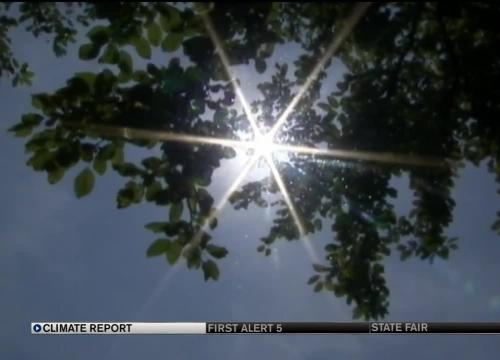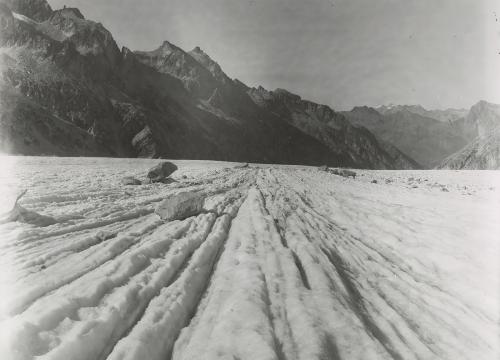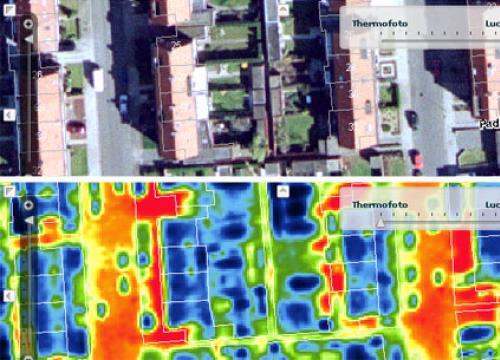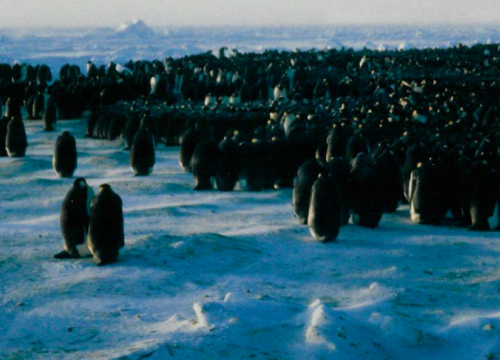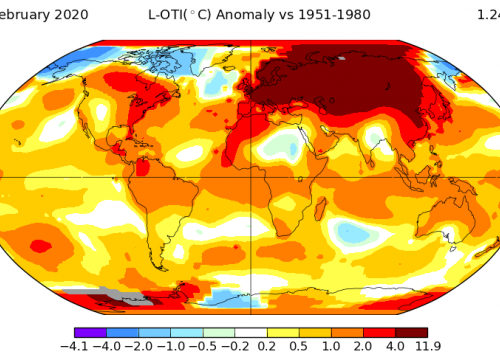How Do Cars Impact CO2 in the Atmosphere?
During this lesson, students explore how fossil fuel burning in cars contributes CO2 to the atmosphere.
Context for Use
This is the seventh lesson in the Climate Resiliency Education Middle School Climate Unit.
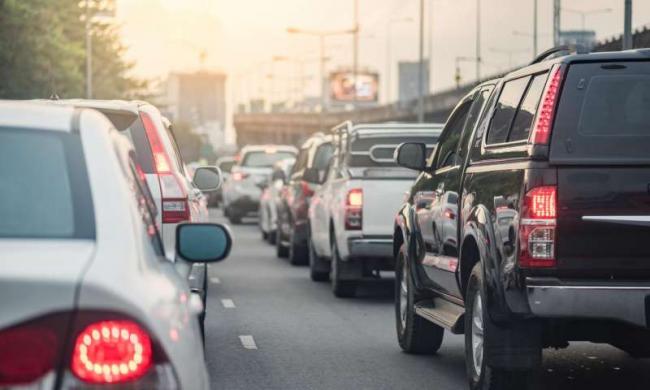
A long line of cars in heavy traffic.
Goals Header
What Students Will Do
Goals Header
What Students Will Do
- Almost all motor vehicles (cars, trucks, planes, trains, etc.) we’ve driven the past hundred years rely on fuels that contains carbon and hydrogen that make combustion engines run.
- The fuels come from underground and are from the ancient remains of organisms whose bodies contained carbon, which is why they are called fossil fuels.
- When we drive, fuel gets burned up and CO2 is released into the atmosphere along with other emissions.
- The CO2 that is produced stays in the atmosphere and can trap heat.
Teaching Materials
Climate Resiliency MS7 - Teacher Guide
Climate Resiliency MS7 - Student Activity Sheet
Climate Resiliency MS7 - Student Activity Sheet Key
Climate Resiliency MS7 - Data Sheet
Climate Resiliency MS7 - Slides
Description
- (5 minute) Consensus Building Discussion: Reorient students in the story line.
- (5 minute) Sharing Initial Ideas Discussion: Generate ideas for today’s lesson.
- (10 minute) Video: Watch the NFB's Science Please: The Internal Combustion Engine video and discuss.
- (15 minute) Data analysis: Graph data from World Car Production 2004-2014 data table.
- (5 minute) Data analysis: Compare data and student graphs to the World Car Production 1898-2007 graph.
- (5 minute) Data analysis: Compare the graphs of car production in the world with the Greenhouse Gas Levels in the Atmosphere graph.
- (5 minute) Share: Summarize findings.
- (10 minute) Data analysis: Analyze 1 Billion Cars in Operation, Transportation GHG Emissions in the U.S. and CO2 Emissions from Burning Fossil Fuels.
- (5 minute) Brainstorm: Generate ideas for next steps in the investigation.




